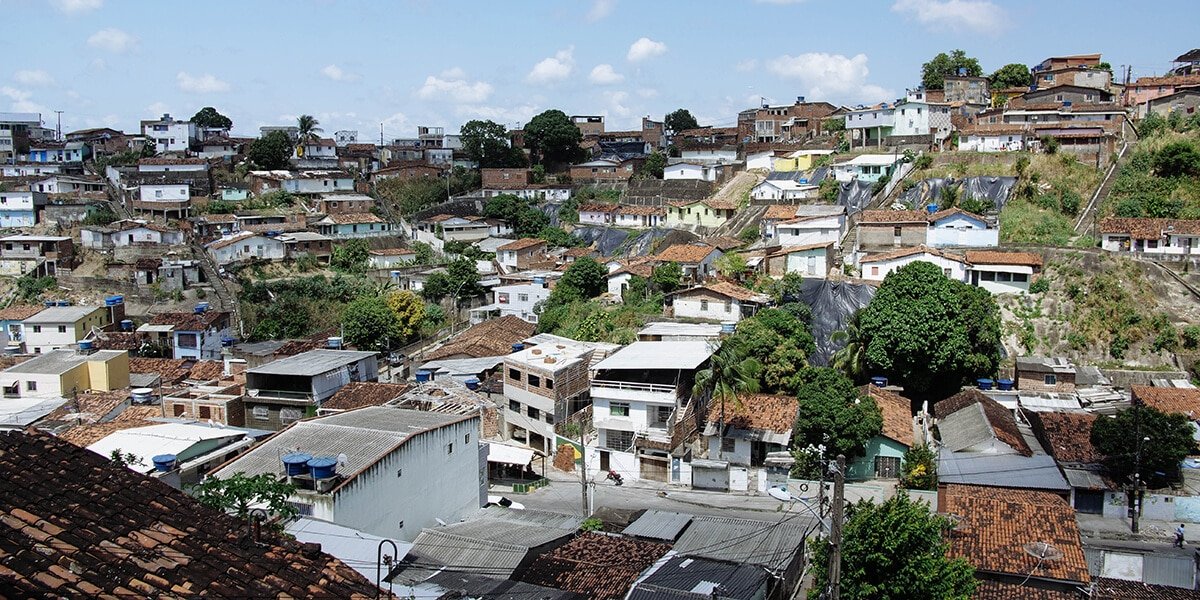

This interactive documentary is the second in a series that we’ve created as part of our Cities For All campaign. Our aim was to create a series of short, animated explainer videos to make urban crises and disaster response simpler to understand.
70% of the worlds population live slums and are increasingly vulnerable to natural disasters. As such, it’s vital to find ways of preparing so fewer people are affected when crises hit.
To discover how Port-au-Prince, Dhaka and other mega-cities around the globe are preparing for crises then watch the interactive documentary below. It’s simple – click on the title you want to know more about and the video will appear.
Or, to read more about what each video contains see the rest of the blog below.
What is a slum: definition of a global housing crisis
Our first video in this series explains how understanding a slum is key to tackling the challenges that informal settlements pose.
As a form of illegal housing, slums are often defined by:
- Unsafe and/or unhealthy homes (e.g. lack of windows, dirt floor, leaky walls, and roofs)
- Overcrowded homes
- Limited or no access to basic services such as water, toilets, electricity, transportation
- Unstable homes: weak structures are often blown away or destroyed during storms and earthquakes
- No secure land tenure (i.e. the residents of the slum live in these areas illegally)
Once you’ve understood what a slum is, you’ll realise why they are more susceptible to natural disaster. Watch the video above to find out more.
Learning from crisis (Haiti): how to better respond to disasters
In the second video, we interview Estella Carpi, a researcher from University College London, who took part in a project about learning from disaster responses around the world. Watch her video to find out how she recommends experts and NGOs act when dealing with natural disasters.
Preparing for an earthquake in Dhaka
In the third part of the documentary researcher Charles Kelly tells us about innovative work being carried out in Dhaka, the capital of Bangladesh.
Dhaka is one of the world’s most densely populated cities. With rising sea levels and changing climates, it is at high risk of disaster, which could leave millions homeless. In the event of a disaster, it is estimated that there would be approximately 100,000 deaths and thousands more injured, not to mention the large scale property damage.
The innovation itself, an earthquake simulation, provided an opportunity to assess the skills and capacities of a range of stakeholders in dealing with the results. Click the video to learn more.
What we’ve learned: five ways for cities to better prepare for disasters
The final video in the documentary summarises the whole urban crises learning partnership.
It discusses how the projects carried out during this time involved research into key areas like urbanisation, city planning, slums and disaster response.
Overall, what the partnership proves is that all inhabitants of growing cities, especially those which are at a much greater risk of natural disaster, are not equipped to face these crises – and we’ve highlighted our top 5 reasons why and how preparation can be improved.
How Habitat for Humanity responds to urban crises
We respond to natural disasters around the world by supporting communities worst hit. War, conflict and civil unrest also create millions of refugees, whom we often work with as well, for example in the rehabilitation of their homes and communities.
Our long term goal is to support disaster-affected families and communities in achieving permanent, durable homes and settlements.
This is the core purpose of our vision: a world where everyone has a safe, decent place to call home.
This post was produced with the financial support of the European Union. Its contents are the sole responsibility of Habitat for Humanity GB and do not necessarily reflect the views of the European Union.

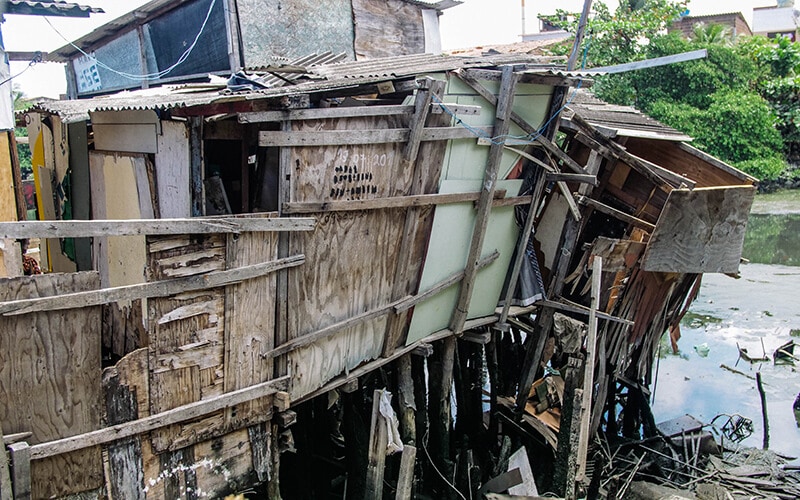
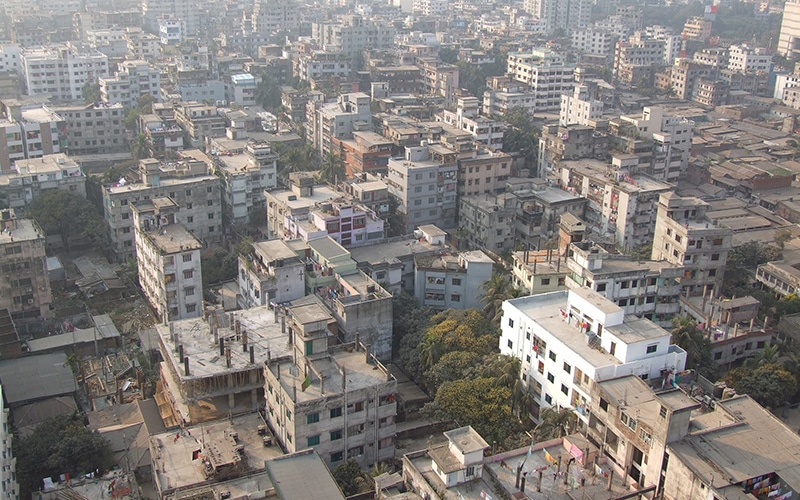


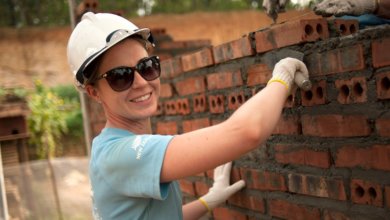

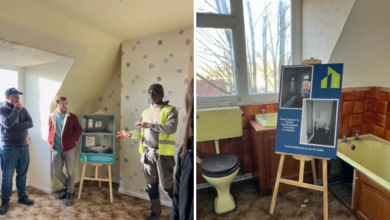

Comments